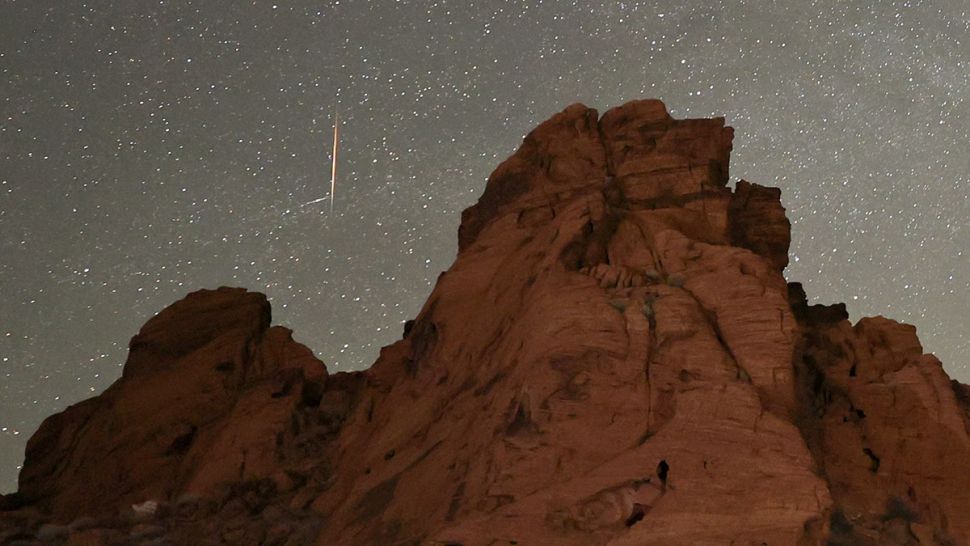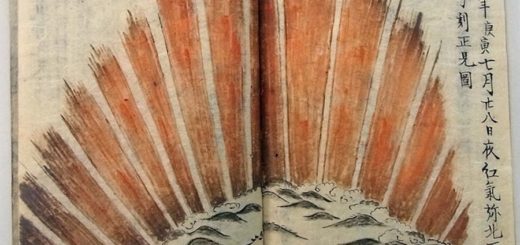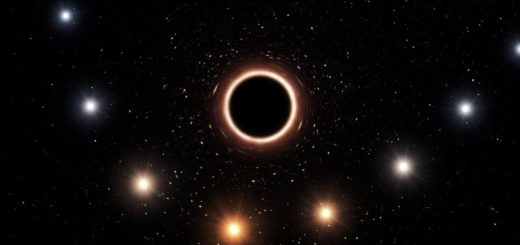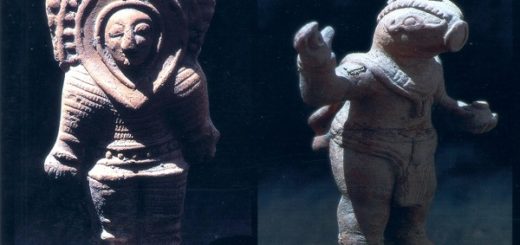New tau Herculid meteor shower drops bright fireballs, but no ‘meteor storm,’ for stargazers

Bright “shooting stars” from a new meteor shower lit up the night sky in a dazzling display overnight Monday and Tuesday, even if it wasn’t a “meteor storm” some stargazers hoped for.
The new meteor shower peaked around midnight Tuesday (May 31) as remnants from the shattered Comet 73P/Schwassmann-Wachmann 3 (also known as SW 3) burned up harmlessly high in Earth’s atmosphere as a part of scientists now wall the tau Herculids meteor shower.
While the shooting star fiesta never hit “meteor storm” conditions (with up to 1,000 meteors an hour), it did produce enough luminous meteors to catch attention around the world. (NASA had warned the storm would only happen if debris was moving faster than 220 mph or 321 km/h, and its meteor expert Bill Cooke cautioned it was an “all or nothing event.”
“It was not the expected storm, but the Earth clearly crossed a cloud of dust from the comet,” the French Network of Amateur Observers of Meteors (BOAM) wrote on Twitter(opens in new tab) along with a timelapse image of shooting stars.
Regain d’activité #meteore #TauHerculids hier soir. Ce n’est pas la tempête prévue mais la 🌍 à bien traversée un nuage de poussières de la comète 73P/Schwassmann-Wachmann.Image : 36 #meteor, 30-31/05/2022, camera CAMS3900 de @astronomie54 #Nancy #France pic.twitter.com/zs2TQ4zpaHMay 31, 2022
See more
NASA engineer Tim Reyes, who is based in Silicon Valley, was out for several hours observing tau Herculids. Posting his observations and an image on his personal Twitter account(opens in new tab), he said, “No storm level, above average shower [and] short duration, about three hours.”
The peak was also half an hour later than its forecast, Reyes said, happening at 10:30 p.m. PDT (1:30 a.m. EDT or 0550 GMT).
#TauHerculids 2022.My observations: No Storm levelAbove average showerShort duration, about 3 hoursPeak was at 10:30 pm PDT not 945 or 10p. pic.twitter.com/XVome9qnx0May 31, 2022
Numerous other observers caught the storm around the United States, along with images and in some cases, other celestial objects such as the Milky Way. Observations were helped along by a new moon, and in the Americas, the radiant out of the Hercules constellation was high in the sky and away from thicker atmospheric conditions near the horizon.
If you missed the show, consult our upcoming meteor showers of 2022 to figure out when next to look up. August is usually a great time, as this year the bright Perseids peak around Aug. 11 to 12.
If you’re hoping to photograph any meteor shower, or want to prepare your gear for the next skywatching event, check out our best cameras for astrophotography and best lenses for astrophotography. Read our guide on how to photograph meteors and meteor showers for more helpful tips to plan out your photo session.



 Creators of mankind
Creators of mankind Description of “Tall white aliens”
Description of “Tall white aliens” Where they came from?
Where they came from? About hostile civilizations
About hostile civilizations The war for the Earth
The war for the Earth “Tall white aliens” about eternal life
“Tall white aliens” about eternal life Video: “Nordic aliens”
Video: “Nordic aliens” Aliens
Aliens Alien encounters
Alien encounters The aliens base
The aliens base UFO
UFO Technology UFO
Technology UFO Underground civilization
Underground civilization Ancient alien artifacts
Ancient alien artifacts Military and UFO
Military and UFO Mysteries and hypotheses
Mysteries and hypotheses Scientific facts
Scientific facts


















